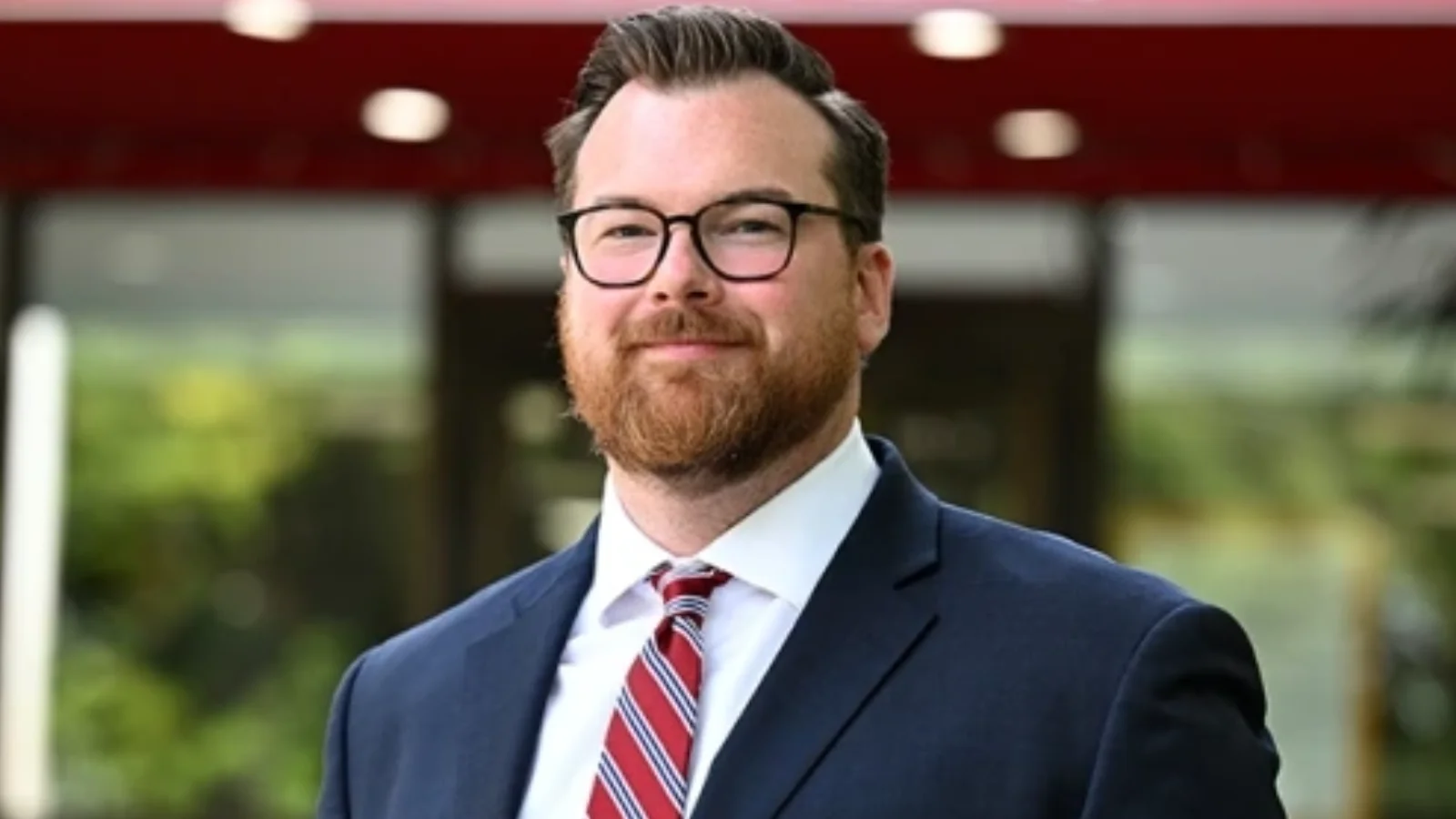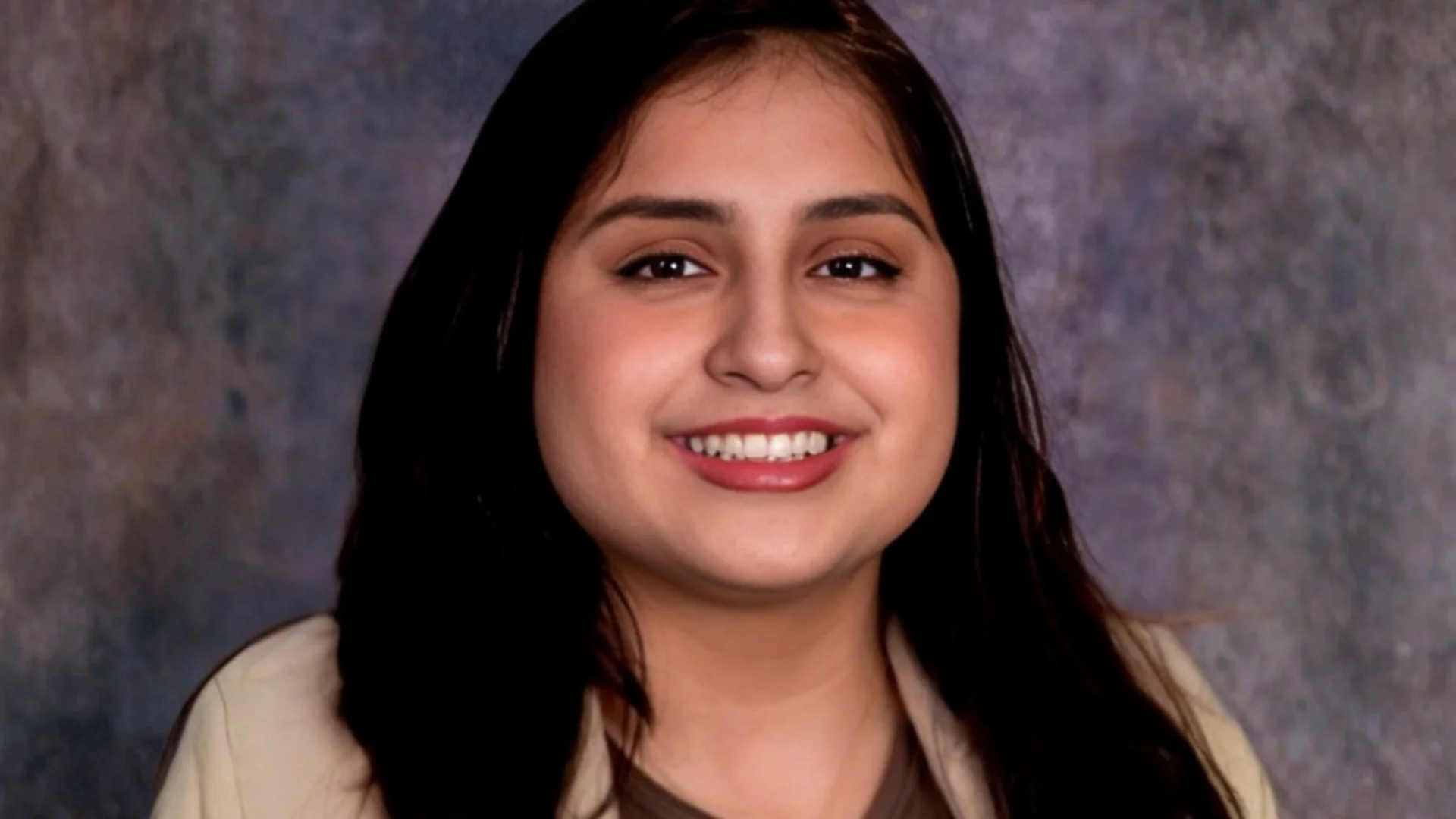
Dr. Timothy J. Collins, President | Walsh University
Walsh University’s Byers School of Nursing has announced the addition of two new high-fidelity simulators, named Margo and Francis, to enhance nursing education and preparation for real-world clinical scenarios.
Margo is an infant simulator, and Francis is a pediatric simulator. They replicate the complexities of neonatal and pediatric care, offering students hands-on experience to prepare for modern healthcare challenges. These simulators can mimic various physiological responses, including heart and lung sounds, chest movements, and emotional cues.
“We relied on low-fidelity dolls or task trainers in the past,” stated Professor Jessica Seich, Clinical Assistant Professor of Nursing and Coordinator of Clinical and Laboratory Experiences. “But with Margo and Francis, students now interact with simulators that move and respond like real human patients. This provides a much more realistic, immersive learning experience.”
Margo, the infant simulator, is portable and wireless, allowing usage across classrooms to simulate conditions like respiratory distress or cardiac arrest. “We can practice essential resuscitation techniques with Margo, such as using an Ambu bag and suctioning a newborn’s mouth and nose—skills that our students may not always get to perform in clinical settings,” noted Professor Stephanie Fox, Clinical Assistant Professor of Maternal Child Nursing.
These simulators ensure all students have equal access to hands-on practice in a controlled environment. Fox explained, “Simulation is crucial for helping students gain confidence before entering clinical rotations. Students often come into simulation nervous and unsure, but by the end of the experience, they feel much more confident because the scenarios build on what they already know.”
Naming the simulators was a collaborative effort involving faculty and students. Margo represents the school's maroon-and-gold colors, and Francis honors St. Francis of Assisi, reflecting the university’s Catholic values. This acquisition was made possible through donor support, showcasing Walsh University’s dedication to providing advanced technology in nursing education.
“Our goal is to integrate high-fidelity simulation into every course throughout the curriculum,” said Seich. “We want our students to graduate with the skills and confidence needed to excel in hospital settings.”






 Alerts Sign-up
Alerts Sign-up